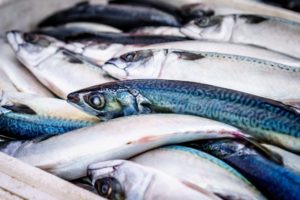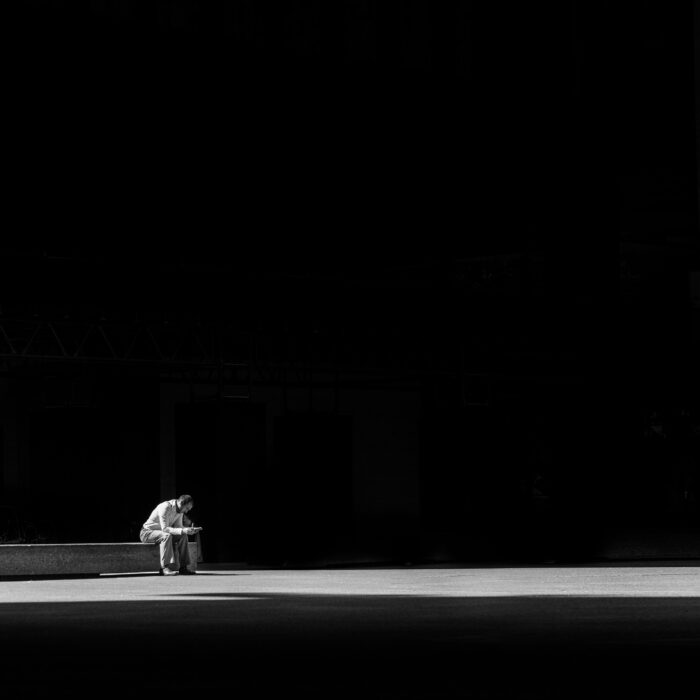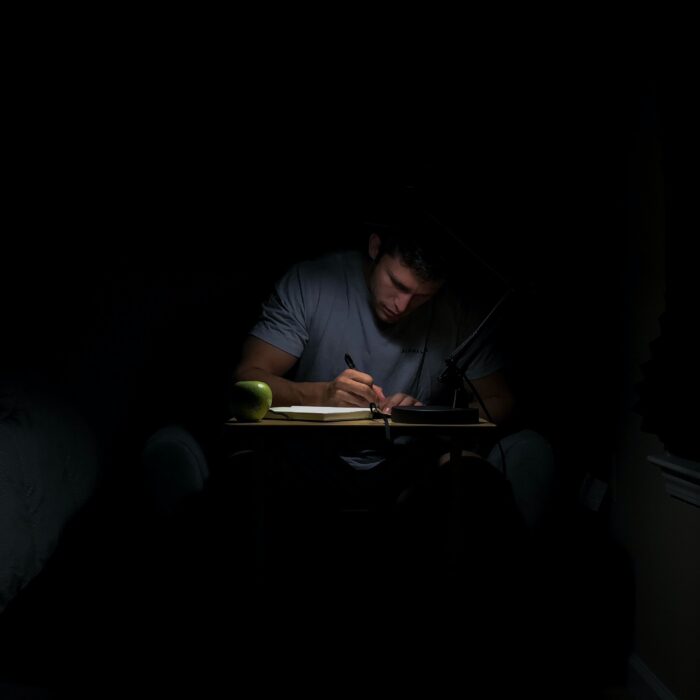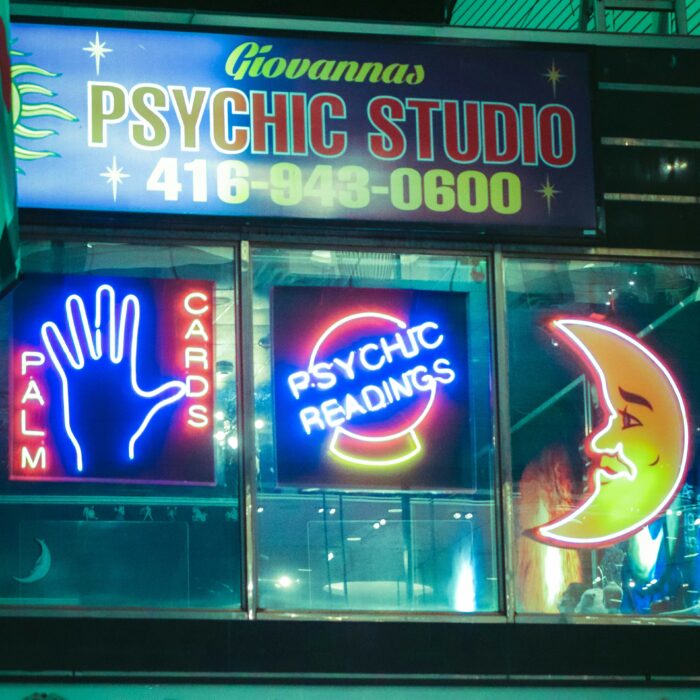You have no items in your cart. Want to get some nice things?
Go shopping There’s the service entrance, with the Palm Beach County Sheriff’s Office cruiser, and deputies with whistles controlling traffic, and the Sheriff’s Office watchtower, and across the street from it the new, extra parking lot, where the guests of Mar-a-Lago, Donald Trump’s private club in Florida, queue up to have their vehicles searched for bombs by agents in Santa hats.
There’s the service entrance, with the Palm Beach County Sheriff’s Office cruiser, and deputies with whistles controlling traffic, and the Sheriff’s Office watchtower, and across the street from it the new, extra parking lot, where the guests of Mar-a-Lago, Donald Trump’s private club in Florida, queue up to have their vehicles searched for bombs by agents in Santa hats.
And there’s the main entrance, around the corner, with the Neo-Moorish gate flanked by statues of some kind of gnome holding up a lantern, and a good view of the main clubhouse building and the giant, undulating American flag, about twice as big as allowable under town ordinances. (Trump settled a protracted legal dispute over the flag by negotiating the fine levied by the town into a charitable donation, which the Donald J. Trump Foundation then paid with money solicited from third parties.)
And there’s a Sheriff’s Office Cruiser parked by that main entrance too, and the guys with sunglasses and whistles and latex gloves, and Secret Service in the bushes, manning some kind of optical equipment; and the blacked-out Suburbans with strobe-lights blinking, parked on the verge.
But just next to the bridge to the mainland that runs over Bingham Island is a spot where anyone can get a glimpse into Mar-a-Lago across the intracoastal waterway; and Kevin Pargas, 25, a local resident and amateur sports-fisherman, is just setting up. He has three poles, held in grips pushed into the earth: a big ocean-going pole, and two smaller rods. Dressed in an orange “Shut Up ‘n’ Reel” t-shirt, he’s using dead bait to catch live bait, in the form of jacks, similar to pompanos.
About 100 yards away, across the water, we can see an internal parking lot; a fine, untrodden lawn; and a small rotunda, where some women in tennis skirts and sun-visors are gathering. A young valet’s chinoed legs extend into a jog across the parking lot. Golf carts and driver-operated lawnmowers tool back and forth.
“Big party there last night,” says Pargas. “I was here fishing last night. You can’t see anything in there though, just a big party. It’s crazy though.”
The jacks are rushing at finger mullets under the bridge, causing the mullets to leap out of the water. Sometimes the mullets here are so plentiful that one cast of a net from shore would bring up dozens – excellent baitfish. But not today, the tide is too low for one thing. Today Pargas is after the jacks, which he could then, in theory, use to catch black-tip sharks.
“But I’m not gonna go to the beach in my kayak today though. I got a 16-foot kayak, but I got a lotta people coming over to my house later. So I’m just coming here for a couple hours. What I do, I keep the jacks in my fridge, so even if they dead they still bloody.”
It’s bright and hot, 80°, and peaceful, apart from the Gulfstreams and airliners ascending out of Palm Beach International, which roar directly over Mar-a-Lago every few minutes. (Trump has unsuccessfully waged a twenty-year, $100-million legal battle to have the flight paths changed; now, with the airspace-security requirements of the US President – no non-government aircraft permitted lower than 17,999 feet, within a 30-nautical-mile radius around his person – he will finally prevail.)
Pelicans circle and dive at the jacks: “They the best fishermen.” A kid is testing out a new skateboard or snakeboard or hoverboard in the Mar-a-Lago parking lot, as his father looks on. We can make out, at this distance, proud enthusiasm in the father’s body language, and his gaze falling to the screen of a handheld device.
“But Trump ain’t here now though. When he’s here, it’s way more crazy. Way more cops, way more boats, way more TV cameras. They close everything down. You can’t even fish here. They had like seven of the military boats, another tower, they close off the bridge. They don’t let anyone fish here.”
Trump was here four days ago, on December 21st: standing in the clubhouse’s curlicued doorway, he spoke to reporters about expanding the United States’ nuclear arsenal, entering an arms-race with Russia if necessary, and also the Christmas letter he’d received from Vladimir Putin, whose “thoughts are so correct.” But maybe today, for Christmas Day itself, Trump is elsewhere. Out on the water there’s just one Coast Guard Defender-class Response Boat floating in front of Mar-a-Lago, and another patrolling the far channel.
“His house ain’t here anyway, it’s over there,” says Pargas, pointing a couple of miles away, along the water. “I dunno if you can see where the two towers are? Here is just his tennis, massage, stuff like that. And his golf club ain’t here, it’s over that way, past the I95 bridge. You’re gonna see the gun club, you’re gonna take a left. He got a jail in his golf club too, that’s crazy.”
The Palm Beach County Criminal Justice Complex, including Palm Beach County Detention Center, sits right next to Trump International Golf Club, just off Gun Club Road. But the jail is not inside the golf club, and Trump doesn’t own or claim to own the jail.
“Yeah he got a jail in his golf club too. Because in America, jails is just money and rich people own jails. So there’s just a jail in his golf course. He had another house down there,” says Pargas, pointing in a third direction. “He sold it for a hundred million dollars. That’s crazy. I worked in a fish delivery company for four years, that’s how I found all this stuff out.”
*
“I dunno, we’ll have to see how it’s gonna go!” says Pargas, rigging up a new line. “I didn’t vote for none of them, cos I didn’t like any of them. I’m Cuban, so he’s gonna put restrictions like Bush. I’m born here, but my wife’s born there, and she has her family there,” Pargas continues. “And they gonna put restrictions like they can only visit once every three years. But Obama was just changing the laws here while they didn’t change any of the laws for people over there, so they just wanna have everything for themselves, that’s crazy. But Trump doesn’t want that.”
In 1999, Trump published an Op-Ed in the Miami Herald, endorsing a continued embargo and claiming to have rejected business opportunities in Cuba on moral grounds: “Several large European investment groups have asked me to take the ‘Trump Magic’ to Cuba… I had a choice to make: huge profits or human rights. For me, it was a no-brainer… I’d rather lose those millions than lose my self-respect.” (As Newsweek revealed in September 2016, Trump’s hotel and casino company had already conducted exploratory business in Cuba in 1998, in violation of American trade bans; and the consulting firm the Trump company used had given instructions on how to disguise the activity as legal charitable work after the fact.)
Then, in late 2015, Trump declared that the Obama administration’s détente with Cuba was “fine. I think it’s fine, but we should have made a better deal. The concept of opening with Cuba is fine.” When Fidel Castro died in late November 2016, the new president-elect first reacted by tweeting, simply, “Fidel Castro is dead!”; and then, days later: “If Cuba is unwilling to make a better deal… I will terminate deal.” Vice President-elect Mike Pence confirmed that Trump would “continue the embargo until there is real political & religious freedom.”
The Coast Guard boat cruises over to scrutinize us, an M240 machine gun mounted at its bow. Meanwhile, Pargas has caught a decent-sized jack. The jack has swallowed the hook; Pargas takes a pair of pliers from a Velcro holster on his waist and frees the hook, along with a lump of the jack’s innards.
“That’s a good jack. Good sharkbait, right there.” He tosses the jack flapping into his pail, and wipes the blood on his shirt. “For example one time I catched a baby shark, I thought it was a big jack but it was a baby shark. It made a good fight. What I did, I took it home and put it in my fish tank, cos I got a saltwater tank. And I fed it, but then what happened, it got too big for the tank. So I said fuck it, I just let it die. Oh, there’s the cops.”
A shirtless man has pulled over to take pictures of Mar-a-Lago, and a Sheriff’s Office cruiser is already alongside, with a single blare of the siren ushering him to keep moving.
“The cops are assholes here. I used to park my car over by that pile of dirt, but then I got a big sticker saying first warning, you can’t park here any more. Because Trump.”
A plane passes overhead.
“It’s not they like Trump, it’s just that’s their job. If he wants to go out for lunch they close the whole place down and he can just go straight through. For example last week it was my dad’s birthday and we was gonna go to a restaurant, but they closed it down, and we asked the cops how long it was gonna be and he said one or two hours. That’s crazy. But he’s the president, I guess. Hey, look over there.”
Out in the channel there’s a brief froth of agitation on the surface of the water.
“That’s the jacks, the fish jumping over there. They attacking the mullets, that’s crazy.”
Then the water is calm again. There is no visible activity, now, on the lawn or parking lot, or by the rotunda of Mar-a-Lago. Beyond the clubhouse and the secure perimeter are the breaking waves and sharks of the Atlantic; 300 miles to the South lies Cuba.
*
Within four days, Trump had returned to Mar-a-Lago: On the 29th of December, he appeared again in his opulent doorway arch, accompanied for no specific reason by the boxing promoter Don King (medallioned, widely grinning, clutching hand-held American flag), to announce, among other things, that “the whole age of computer has made it where nobody knows exactly what is going on.”
Trump was inaugurated as president on January 20th. On February 3rd he returned to Mar-a-Lago. On the 4th he visited the Trump International Golf Club, off Gun Club Road. On the 5th he visited the golf club twice, once in the morning and once in the evening. He left Mar-a-Lago in the 6th. On February 10th he returned to Mar-a-Lago for two nights, visiting the golf club on the 11th and 12th. On February 17th President Trump returned to Mar-a-Lago to spend his third successive weekend there. He visited the golf club on the 18th, and twice on the 19th. He returned to Mar-a-Lago again on March 3rd, visiting the golf club on the 4th and 5th. In the next month and a half he spent a further 11 days at Mar-a-Lago, visiting the Trump International Golf Club eight more times. Since mid-April he has not returned to his Florida properties, preferring his golf clubs in New Jersey and Virginia.
In May, the United States expelled two Cuban diplomats, in retaliation, according to vague reports, for a highly mysterious spate of “health attacks” against personnel at the U.S. embassy in Havana. Several American diplomats had suffered headaches, dizziness, and sudden loss of hearing, attributed to the covert deployment of some kind of sonic wave machine near or inside their residences.
On June 16th, Trump appeared at the Manuel Artime theatre in Miami, named after a member of the Bay of Pigs invasion force, to announce that he was cancelling the Obama administration’s “completely one-sided deal with Cuba.” Having recently embraced the authoritarian leaders of Russia, Egypt, Turkey, the Philippines and Saudi Arabia, Trump demanded that the Cuban government bring an “end to the abuse of dissidents, release political prisoners, stop jailing innocent people, open yourselves up to political and economic freedoms,” etc.
Three quarters of all American adults had favoured the Obama administration’s historic thaw with Cuba. And, in fact, Trump’s dismantling of those arduous, years-long diplomatic efforts would be largely rhetorical. His six-page directive left most of the agreement intact: The embassies in Washington and Havana would remain open, cruises and direct flights between the United States and Cuba would continue, and no restrictions were reapplied upon Cuban-Americans like Kevin Pargas travelling and sending money to the island.
“We will not be silent in the face of Communist oppression any longer,” Trump vowed. “We will never, ever be blind to it. We know what’s going on, and we remember what happened.” The audience, made up of Cuban exiles and their families, roared its approval.
About Louis Amis
Louis Amis is a freelance writer of reportage, criticism and fiction. Read more at louisamis.com. Follow him @LouisAmisStuff
- Web |
- More Posts(3)




One comment